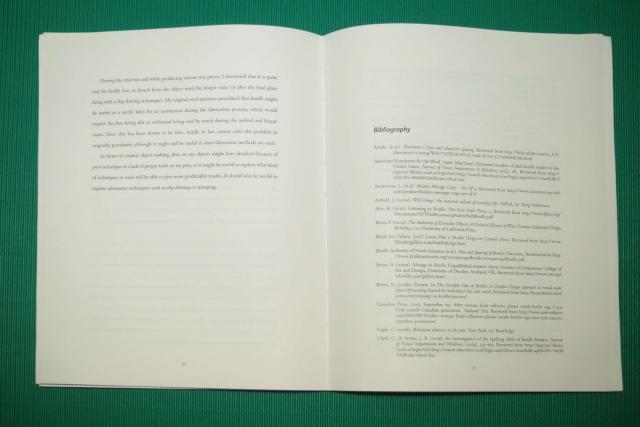I just read
an announcement on Facebook that
OCAD has just started deploying a new system for identifying buildings on campus. Gone is the old, weird building-numbers-encoded-into-room-numbers system; replacing it is a system based on short alphabetic building codes, just like you would expect to see on any other Canadian university campus.
What makes this new system
bizarre, however, is that instead of basing the codes off the buildings’ names, it’s basing the codes off the names of the
streets the buildings are on. So instead of *MSC (a hypothetical code for “Main building and Sharp Centre”) you get MCA (for “buildng 1 on McCaul”), or instead of *RSP (hypothetically a perfectly good code for the “Rosalie Sharp Pavilion”) you get the impossible-to-remember MCD (for “building 4 on McCaul”).
Instead of less than ten building numbers to memorize, we now have to memorize 13 random-looking three-letter codes.
This is just one problem. For the Annex building we also get
two separate codes, SPA (“building 1 on St. Patrick”) for the first floor and MCC (“building 3 on McCaul”) for the upper floors. Technically the Learning Zone isn’t in the Annex building, but
experientially it is. This is the same experiential situation as the Main Building vs the Sharp Centre, where both buildings get only one code because experientially they are one; so by analogy SPA and MCC should also be merged into a single code — and of course that code should be abbreviated from the name “Annex Building” and should
not be “building 1 on so-and-so” or “building 3 on so-and-so.”
The new system is still a much-needed change: It is still vastly superior to the old system, where even students get confused. (Just last September I was in what was until last week building 7 and a new student missed her floor because she thought her floor was the 7th floor — despite the fact that an explanation of the room numbers was posted right beside the elevator.)
The new system is, however, still a weird, counter-intuitive system that requires students to memorize random-looking codes. Not a good design.
And why do this kind of work mid-February, around midterms, instead of doing it at the end of the semester, after finals? No one said it but I bet it has to do with getting ready early for Grad Ex. In other words this is probably
marketing work. But if we’re still getting a weird system people are still going to feel we don’t know how to design wayfinding systems. The feeling wouldn’t be as strong as before, but it would still be there. Not good marketing.
Which really begs the question: Who designed this bizarre system? Don’t tell me again that such an important system hasn’t been designed by a designer.

 Yes, of course this was going to be in the form of a real book, because that’s how all the process books at GradEx look like! :-)
Anyway, while I was doing this, I kept thinking things like “I’ve forgotten what the signature size was”, “I’m supposed to know how to do this”, “too many signatures!” and “I think I did this wrong,” A year after I did the Student Press’s bookbinding workshop I have already forgotten how to sew signatures together.
I still managed to bind the whole thing together. I’m going to get my X-acto back tomorrow and do a layout of a front cover and print it out somewhere… (Hmm… that will have to be printed at 12×18…)
(Oh yeah… and don’t bother to use staplers. Thread and needle is actually easier because you have more control. And awls… they make holes that are too big; I actually like pins better…)
Yes, of course this was going to be in the form of a real book, because that’s how all the process books at GradEx look like! :-)
Anyway, while I was doing this, I kept thinking things like “I’ve forgotten what the signature size was”, “I’m supposed to know how to do this”, “too many signatures!” and “I think I did this wrong,” A year after I did the Student Press’s bookbinding workshop I have already forgotten how to sew signatures together.
I still managed to bind the whole thing together. I’m going to get my X-acto back tomorrow and do a layout of a front cover and print it out somewhere… (Hmm… that will have to be printed at 12×18…)
(Oh yeah… and don’t bother to use staplers. Thread and needle is actually easier because you have more control. And awls… they make holes that are too big; I actually like pins better…)